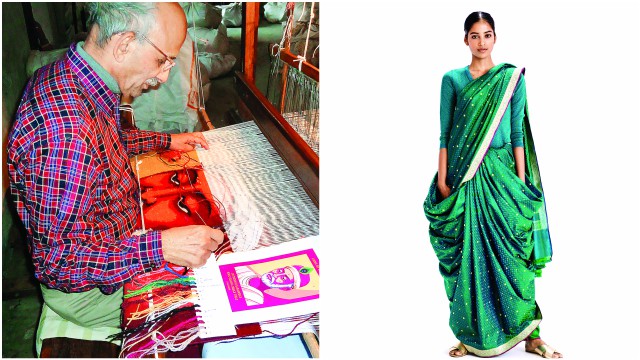
Museums across the world took part this last week in #MuseumWeek, an online event celebrating museums and culture. Among them were four Indian institutions — Government Museum Chandigarh, Bhau Daji Lad, Chhatrapati Shivaji Maharaj Vastu Sangrahalaya and the NGO Heritage Lab, all of whom tweeted about interesting artworks from their collections. On the occasion, Gargi Gupta spoke to Simon Rein, of Google Arts & Culture, the tech behemoth's initiative to digitise the collections of museums.
People love art and nothing can replace experiencing it in person. Technology, too, has an incredible role to play, by enabling anyone anywhere to explore art and culture, and to help museums reach new people. Users can travel around the world's museums with just a few clicks.
An online encounter with an artwork is the first step towards bringing people through a museum's door — I don't think that will ever change.
During the course of our engagement with museums, we discovered plenty of content around clothes and textiles. When we started talking to curators and experts, we realised that nowadays we wear a mix of influences gleaned from multiple sources. But we aren't as aware of the history, meaning, craftsmanship, and original function — the cultural background — that surrounds the clothes. We thought it would be fascinating to uncover the hidden stories of clothes and to decode their cultural meaning. We thought we would start small, but today we have 183 institutions from around 42 countries contributing to the fashion chapter. There are about 10 partners from India in the fashion chapter and over 45 Indian partners in the entire programme.
GA&C puts over a 1000 museums at your fingertips. We've gone beyond art into performing arts, natural history, world monuments and historic sites. We're incorporating intangible cultural heritage. It's about culture as a broader narrative. On of our finest examples of how culture has evolved over the ages is Women in India: Unheard Stories — an experience that showcases pioneering Indian women, from a Sufi princess to trailblazing scientists.

Artist Khem Raj Sundariyal (Left) weaves a portrait of Sant Kabir. The Boggili Posi Kattukodam sari drape of Andhra Pradesh
We are trying to get people excited: feel a little bit of joy every time they zoom into an artwork. And technology can complement the experience. Technologies such as the Art Camera, ultra-high resolution imagery or Virtual Reality can offer experiences not only outside but also inside museums that otherwise would not be possible. Tilt Brush is another such tool to make art in virtual reality. We've also added a new annotation feature in Panoramic View (think of it as a digital museum guide) that gives you key insights about the artworks on your virtual museum visits.
(It's) in line with our mission of organising the world's information and making it universally accessible. We feel that the physical world of high culture has not embraced the digital enough. In the digital tech world, we are moving at an extremely fast pace, but we're not moving at that same pace when it comes to cultural communication from the institutions.